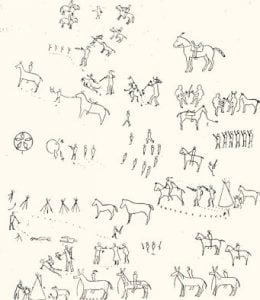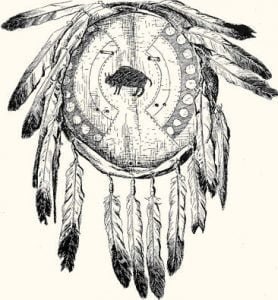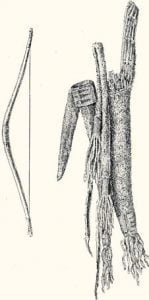Piegan Tribe
Piegan Indians (Pikuni, referring to people having badly dressed robes). One of the 3 tribes of the Siksika or Blackfoot confederacy. Its divisions, as given by Grinnell, are: Ahahpitape, Ahkaiyikokakiniks, Kiyis, Sikutsipmaiks, Sikopoksimaiks, Tsiniksistsoyiks, Kutaiimiks, Ipoksimaiks, Silkokitsimiks, Nitawyiks, Apikaiviks, Miahwahpitsiks, Nitakoskitsipupiks, Nitikskiks, Inuksiks, Miawkinaiyiks, Esksinaitupiks, Inuksikahkopwaiks, Kahmitaiks, Kutaisotsiman, Nitotsiksisstaniks, Motwainaiks, Mokumiks, and Motahtosiks. Hayden gives also Susksoyiks. In 1858 the Piegan in the United States were estimated to number 3,700. Hayden 3 years later estimated the population at 2,520. In 1906 there were 2,072 under the Blackfeet agency in Montana, and 493 under the Piegan agency in Alberta, Canada.








